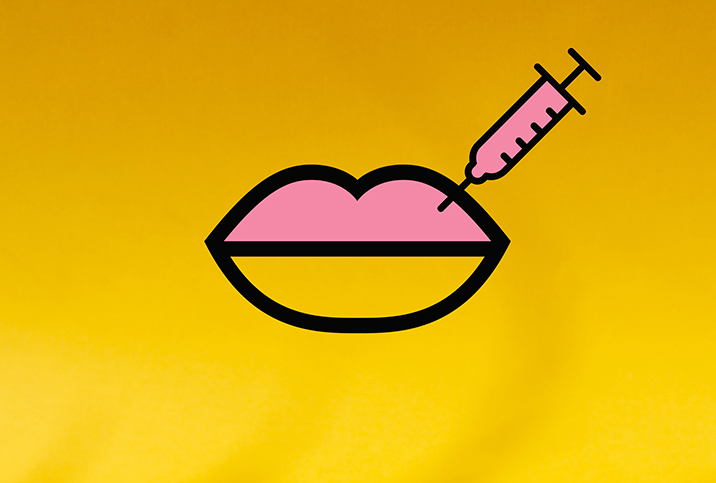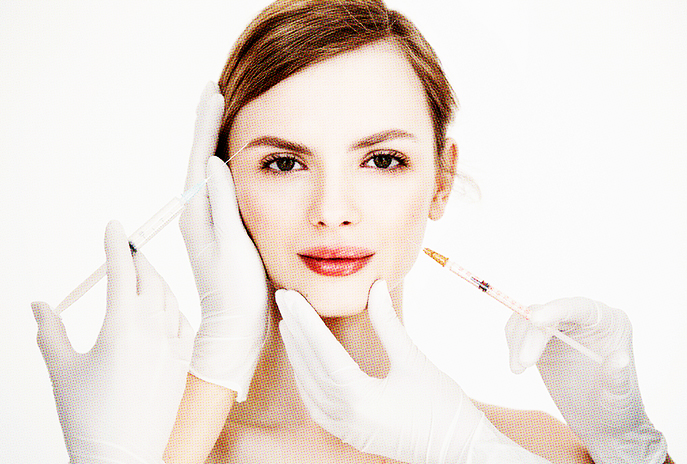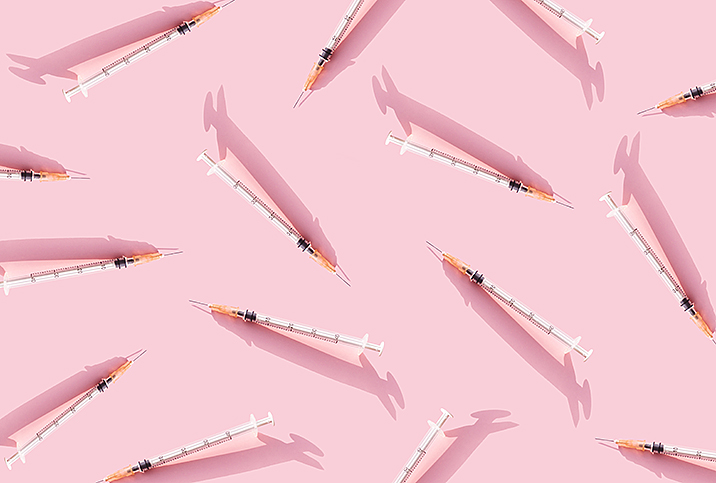Fillers or a Fat Transfer: How to Decide

Dermal fillers and fat transfers have a lot in common. Both options can add volume to your face and reduce wrinkles. But they feature some distinct differences you should consider when deciding which procedure is best for you.
Comparing techniques
Cosmetic surgeons can inject dermal fillers or fat grafts as standalone treatments or in conjunction with an additional procedure, like a face-lift.
Fat transfers, or grafting, require tissue to be harvested from a donor site through the use of liposuction. (Many patients take this opportunity to get more extensive liposuction than what's required for the graft, which increases the total cost, downtime and risks for the procedure.) Once removed, the fat is then purified and reduced to fit through a small cannula for injection.
The process of injecting dermal fillers is similar to fat-transfer injections. The surgeon uses a local anesthetic to numb the area and carefully places injections at targeted depths for the desired effect. Unlike fat, dermal fillers may be customized to different viscosities, allowing the surgeon to achieve specific results.
Some dermal fillers work as collagen stimulators rather than filling the area directly. One option is polylactic acid, a synthetic, biodegradable substance that causes a natural reaction that boosts collagen and creates volume over the following few months.
Potential reaction
Risks of bruising and swelling are common to both procedures and should subside within a few days. Many fillers use substances that can be found naturally in the body, such as calcium hydroxylapatite (a component of bones and teeth) or hyaluronic acid, also found in soft connective tissue. But other dermal fillers don't come from your body's natural substances, so, though rare, you're more likely to have an allergic reaction to dermal fillers than to fat from your own body.
Cost differences
Fat grafting is more expensive upfront since it includes the harvesting procedure, but fillers don't last as long, so they aren't necessarily cheaper in the long run. Rather than just look at the initial price for your procedure, find out how frequently you'll need treatments to maintain your results.
The average cost per syringe in 2019 (based on data from the American Society of Plastic Surgeons) was $2,163 for fat grafting and $652 to $878 for a range of popular dermal fillers. Costs may vary based on the surgeon's experience or the geographical region where you're having the procedure performed. And keep in mind that to achieve your desired result, your surgeon may need to use multiple syringes. Discuss what to expect for the overall price when comparing your options.
How long will my results last?
Some dermal fillers last longer than others. In general, you can expect fillers to stick around for nine months to two years before your body breaks them down. With polylactic acid (the collagen stimulator), most patients require three monthly treatments, followed by four to six weeks of waiting time to see the results. The effect of polylactic acid is semi-permanent, so you may require periodic touch-ups.
Fat transfers are considered permanent once the initial results set in. Fat transfers inject live tissue, about 85 percent of which survives in the new location. The remaining fat cells are there to stay.
Some people prefer the lesser commitment of dermal fillers, while others would rather finish after one round of fat transfer. Only you can decide which type of cosmetic treatment will best suit your lifestyle.
An experienced surgeon can achieve natural-looking results regardless of which treatment you decide. It's important to do your research and find a trusted, board-certified surgeon for your procedure.

















